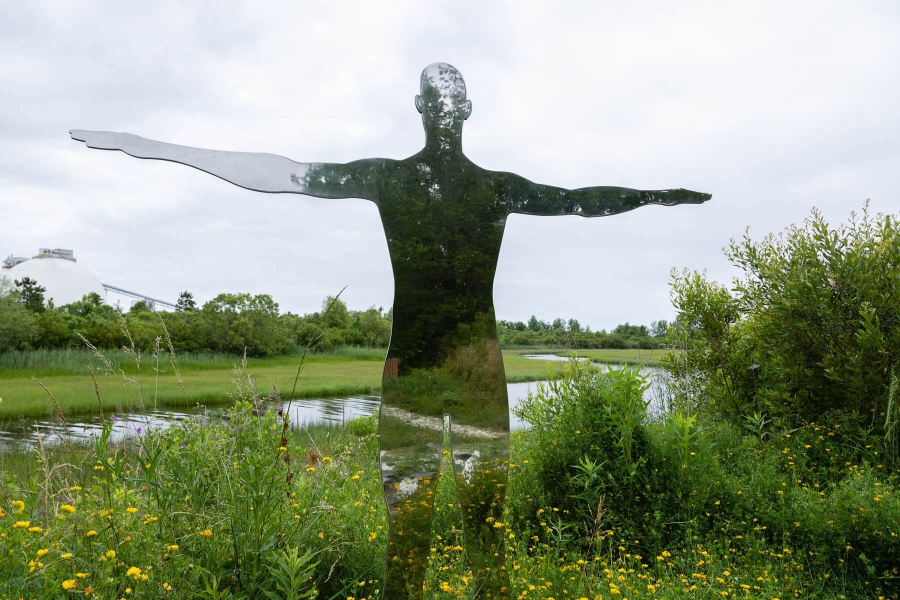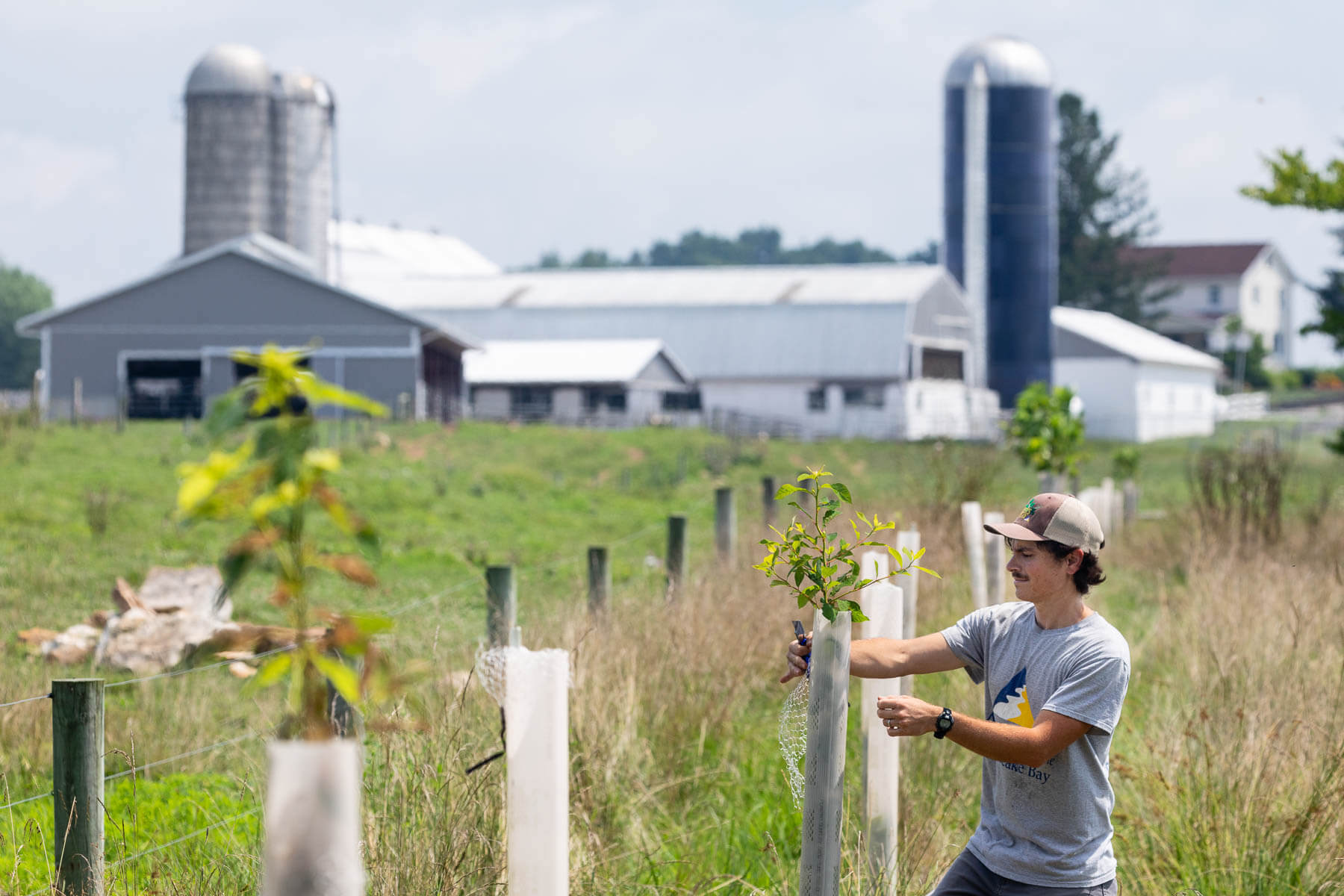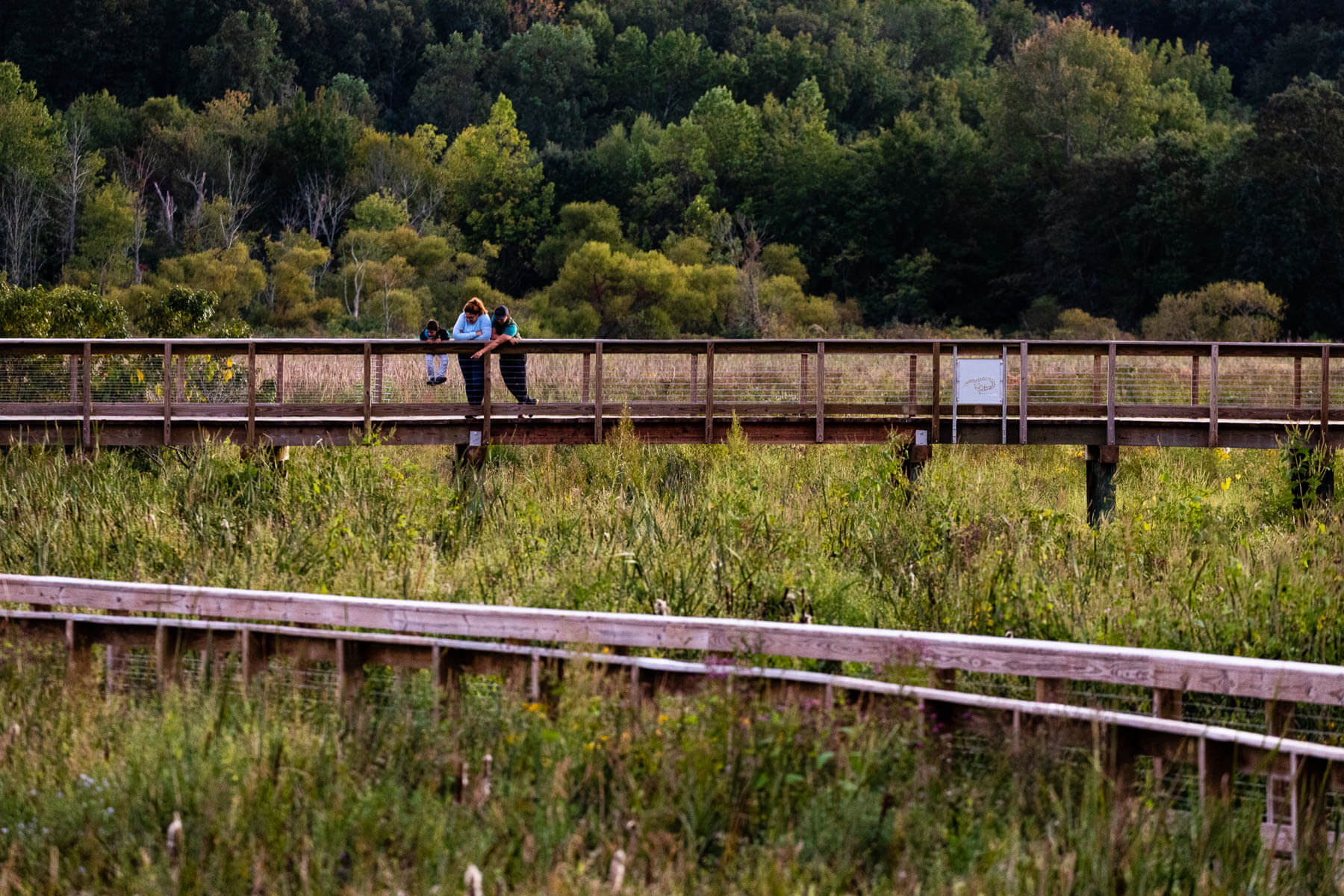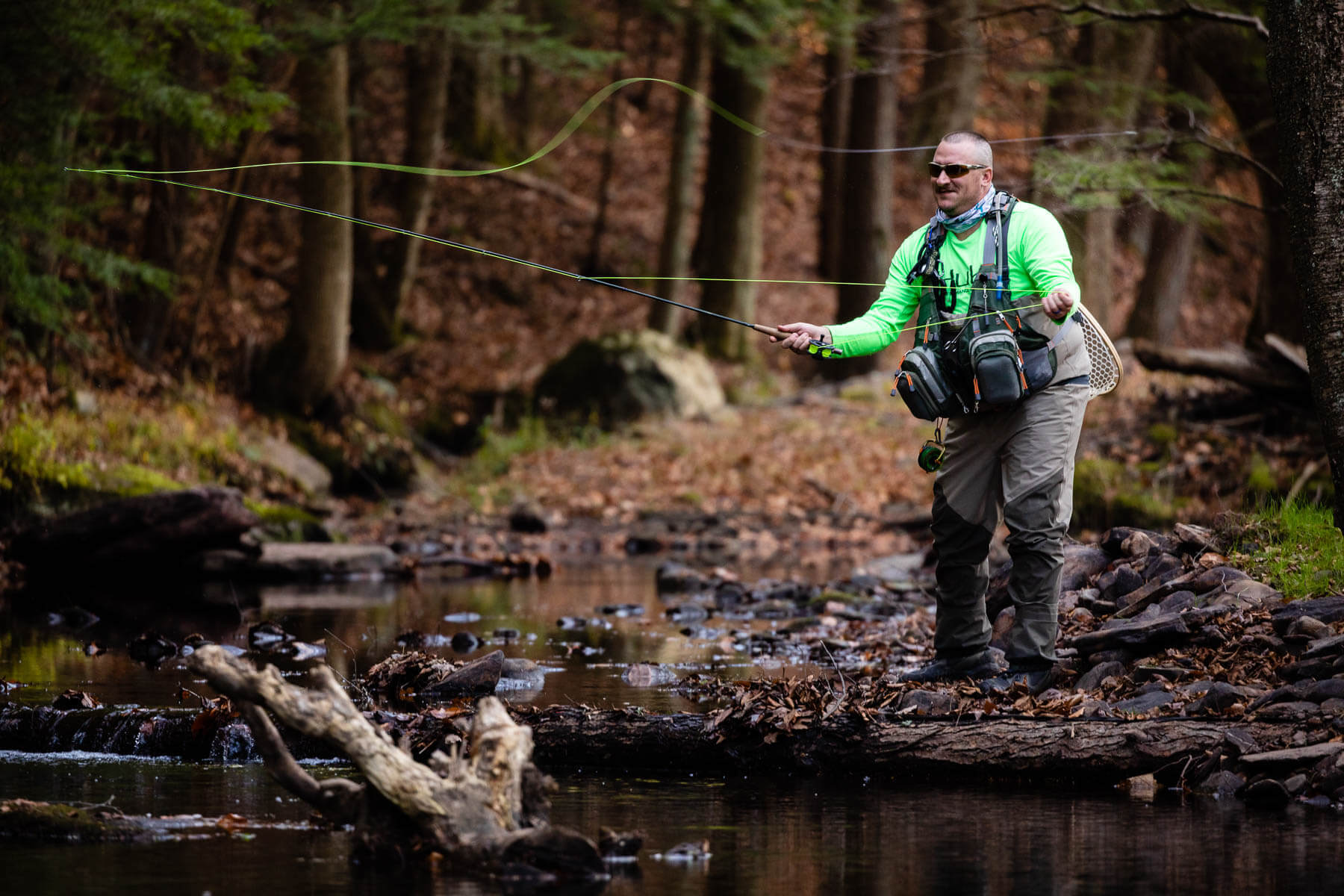Three ways to reduce pollution while improving lives

Pretend you’re on a walk through a small park and see a series of tree saplings steadied in their protective frames. It’s difficult to imagine how such tiny pieces of vegetation can accomplish so much. But with enough time, these small saplings can increase fishing miles away, help migrating birds make it through the winter and even lower energy costs for people living nearby. We call these perks of mother nature “co-benefits,” and they are a critical consideration for anyone who is thinking of or currently implementing environmental restoration efforts. While the following three projects have the same primary goal of reducing pollution, they each have a host of co-benefits that can be beneficial for all kinds of people and landscapes across the Chesapeake Bay watershed.
Tree planting

Many of the Chesapeake Bay Program’s partners lead tree planting programs in the watershed, placing vegetation on farms, in cities and near industrial areas to absorb pollution before it reaches nearby waterways. But the benefits don’t stop there. In urban areas, trees can cool homes and provide shade when temperatures rise to life-threatening levels. In both urban, rural and suburban areas, trees can also offer food and shelter for wildlife, some of which might be endangered or threatened. Tree planters often decide which trees to plant based on the critters in the area and what type of habitat they need. The improved shade, wildlife and scenery of trees also leads to more outdoor recreation. Increased shade encourages people to walk, ride bikes and hike, and more wildlife attracts hunters, birders, and naturalists. The nonprofit Restore Mass Ave in Washington D.C. is in the process of planting native trees along the streets of Dupont Circle to make the area more walkable, thus reducing carbon emissions. One steward in York County, Pennsylvania included trees in his new rain garden, which reduced pollution for his entire neighborhood. And in more rural areas, rivers lined by trees are often cooler and healthier, which attract fish and the anglers who love to catch them.
Wetland restoration

Wetlands are a widely misunderstood part of our ecosystem, so much so that many people don’t even know what a wetland is. Put simply, wetlands are the vegetative area between water and land, like marshes, vegetated shorelines or areas with aquatic plants. As a buffer between land and water, wetlands soak up runoff before it gets to waterways, making them crucial to pollution reduction. At the same time, wetlands also reduce flooding by slowing down wave movement and soaking up rainwater so that it doesn’t overwhelm local communities or farmlands. If that weren’t enough, there are also multiple wildlife species that rely on wetlands for habitat. Many of these species, like waterfowl, are popular in hunting, which is a huge economic driver for the Chesapeake states. One Eastern Shore farmer leaves a portion of his property untouched not just to decrease runoff, but to attract waterfowl for him and his friends to hunt. Because wetlands are often left intact they are beautiful to look at, which boosts recreation like wildlife viewing and hiking. In Virginia, the Neabsco Creek Boardwalk winds through wetlands for visitors to get up close and personal with the habitat.
Stream repair

All over the watershed, partners of the Chesapeake Bay Program are repairing damaged streams in order to reduce the amount of sediment pollution that flows into larger rivers and eventually the Bay. The co-benefits associated with this work are huge. The first thing to come back when a stream is restored is the wildlife: reptiles, birds and insects for families to appreciate and other critters to feast on. The presence of healthy, smaller waterways has immense value to people who don’t have the means to travel to larger parks regularly, as well as landowners who have a stream on their property. One steward in Pennsylvania is restoring a piece of Beaver Run that passes through his property, using the improved conditions to give military veterans a place to fish. The reduction in pollution from streams also increases the health of larger rivers downstream, where you’ll find greater opportunities to fish, swim, hunt and hike. The domino effect of small streams damaging larger rivers and then the Bay itself also show how stream repairs benefit the seafood industry, which is another huge economic driver in the Chesapeake region. While one repaired stream alone won’t make a big difference for oyster or blue crab stock, multiple repaired streams in strategic places will.
Adding it all up
The Chesapeake Bay Program is working to quantify the various co-benefits associated with environmental efforts so that decision makers can better understand the long-term economic or social value.. We know that trees make a huge difference in reducing pollution, but if a local land manager funds tree planting on a few farms, how much money should they expect to see saved in flood prevention or wildlife management? How much money gained should they expect to see from hunting license sales or tourist spending?
To help answer these questions, the Bay Program’s Scientific and Technical Advisory Committee recently released a report regarding co-benefits. While we know that each benefit can vary by geographic location and the extent to how widespread it is applied, the report names five areas for Chesapeake Bay Program partners to focus on moving forward. They are: mitigating hazards (such as floods and droughts), improving human health through cleaner air and water, providing ecosystem sustainability to fish and other aquatic species, ensuring recreation activities are safe and available for all, and making sure everyone has enough clean water to drink.
With these co-benefits selected, we can continue to focus our conservation work on what makes the biggest difference in people’s lives. This way, everyone in the watershed can benefit from a healthy natural ecosystem.

Comments
There are no comments.
Thank you!
Your comment has been received. Before it can be published, the comment will be reviewed by our team to ensure it adheres with our rules of engagement.
Back to recent stories